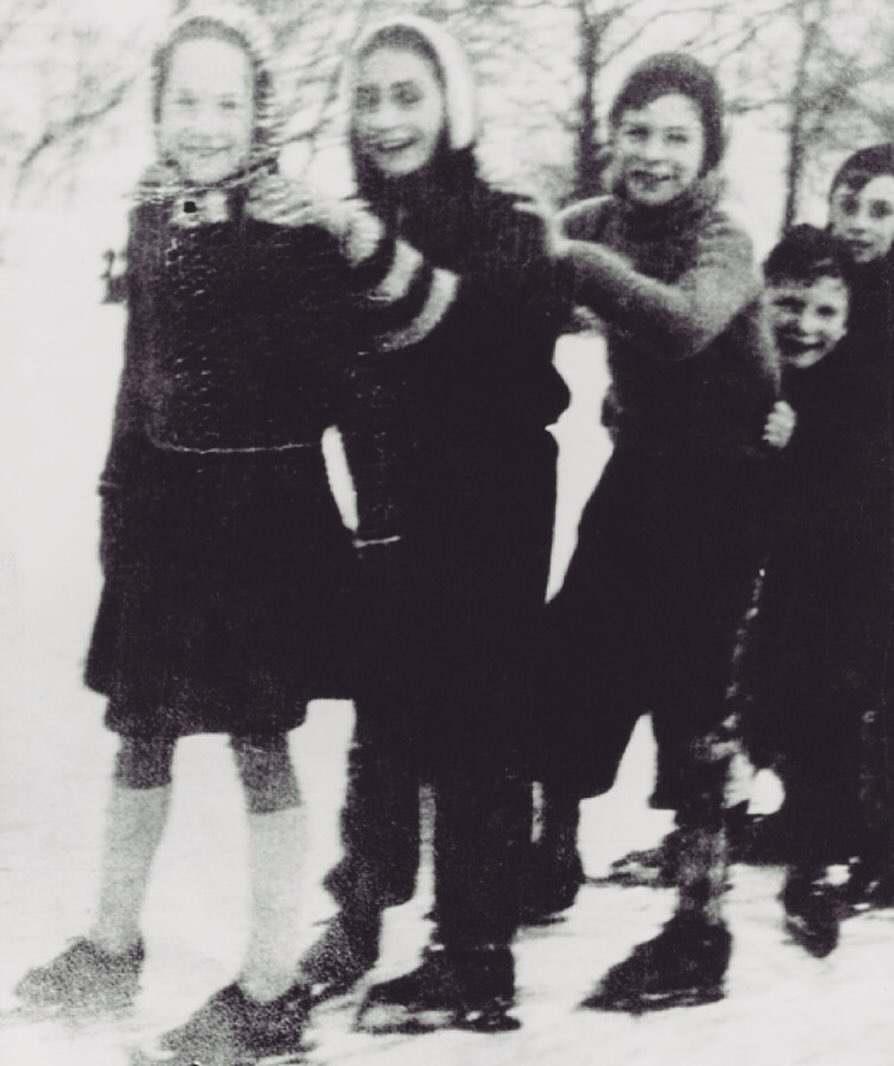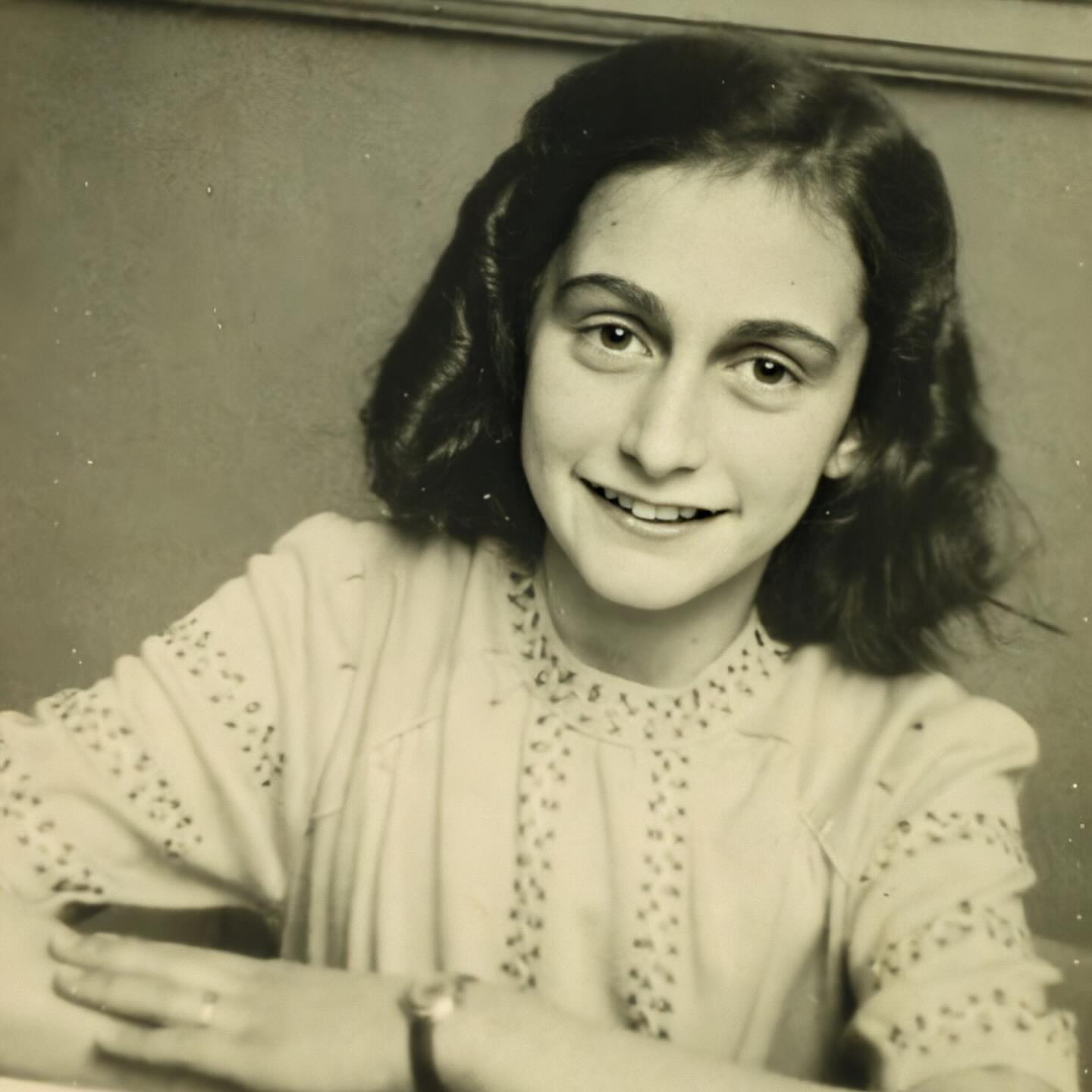The Two Sides of a Teenage Life
On December 13, 1940, Anne Frank wrote a letter to her grandmother and her cousin, revealing a life filled with the everyday triumphs and failures of a teenager. In one sentence, she was a student, frustrated by her poor performance. In the next, she was a girl, filled with the simple, pure excitement of a day of fun.

She began her letter with a confession: she had made a staggering 27 mistakes on a dictation exercise. “You may laugh reading this,” she wrote, a line that shows her self-awareness and her ability to find humor in her own struggles. But she also offered a defense, noting that the exercise was “very hard” and that she wasn’t a “whizz” at dictation anyway. This is the voice of a real, imperfect child, a voice that is both honest and endearing.
But the most poignant part of the letter is her shift in focus. After dwelling on her academic struggles, her excitement for the next day shines through. “I’m really looking forward to tomorrow because I’m going to the ice-skating rink (that will be the first time this year).” This simple statement is a beautiful, universal expression of a child’s joy. It’s a testament to the fact that even when school is tough, a day on the ice with friends can make everything better.

This letter provides a powerful glimpse into a world that was still filled with normalcy. It reminds us that before her life was defined by tragedy, it was filled with the ordinary ups and downs of a teenager. She was a girl who struggled with schoolwork but found immense joy in a simple trip to the ice-skating rink, a girl who, like all of us, lived a life of both struggle and hope.